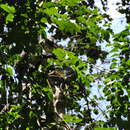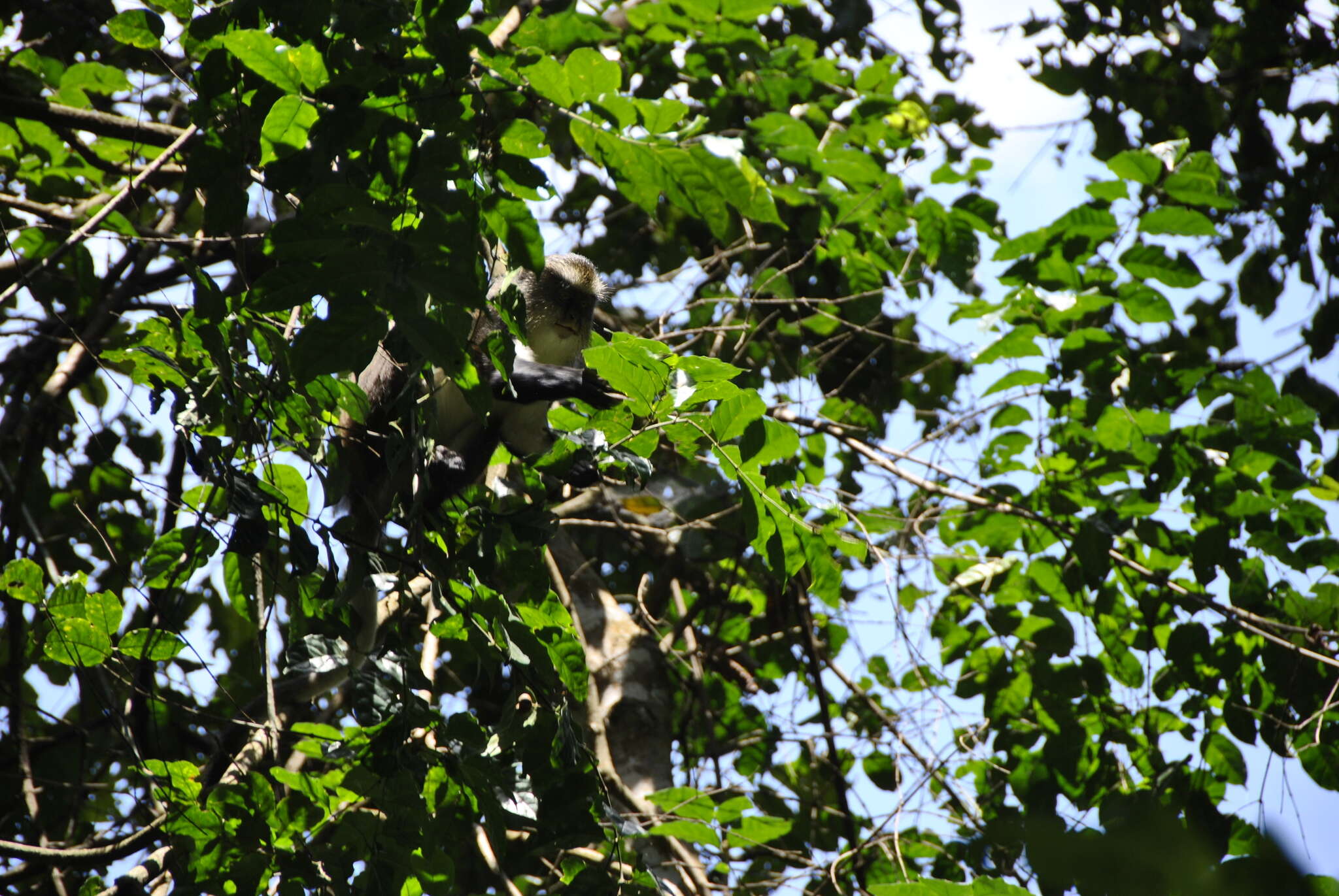en
names in breadcrumbs



Cercopithecus denti (Dent’s Monkey) is a species of primates in the family Old World monkeys. They are listed in cites appendix ii. They are found in Afrotropics. They are diurnal.
EOL has data for 33 attributes, including: